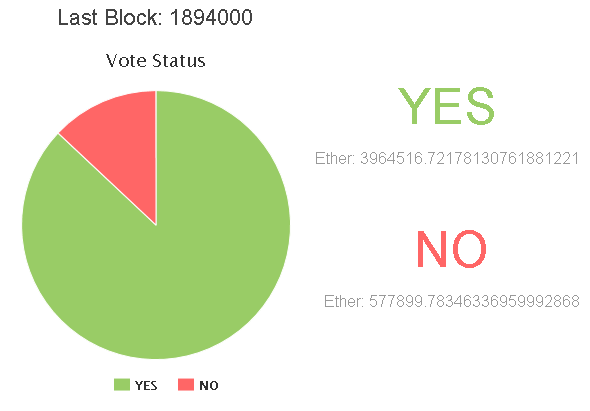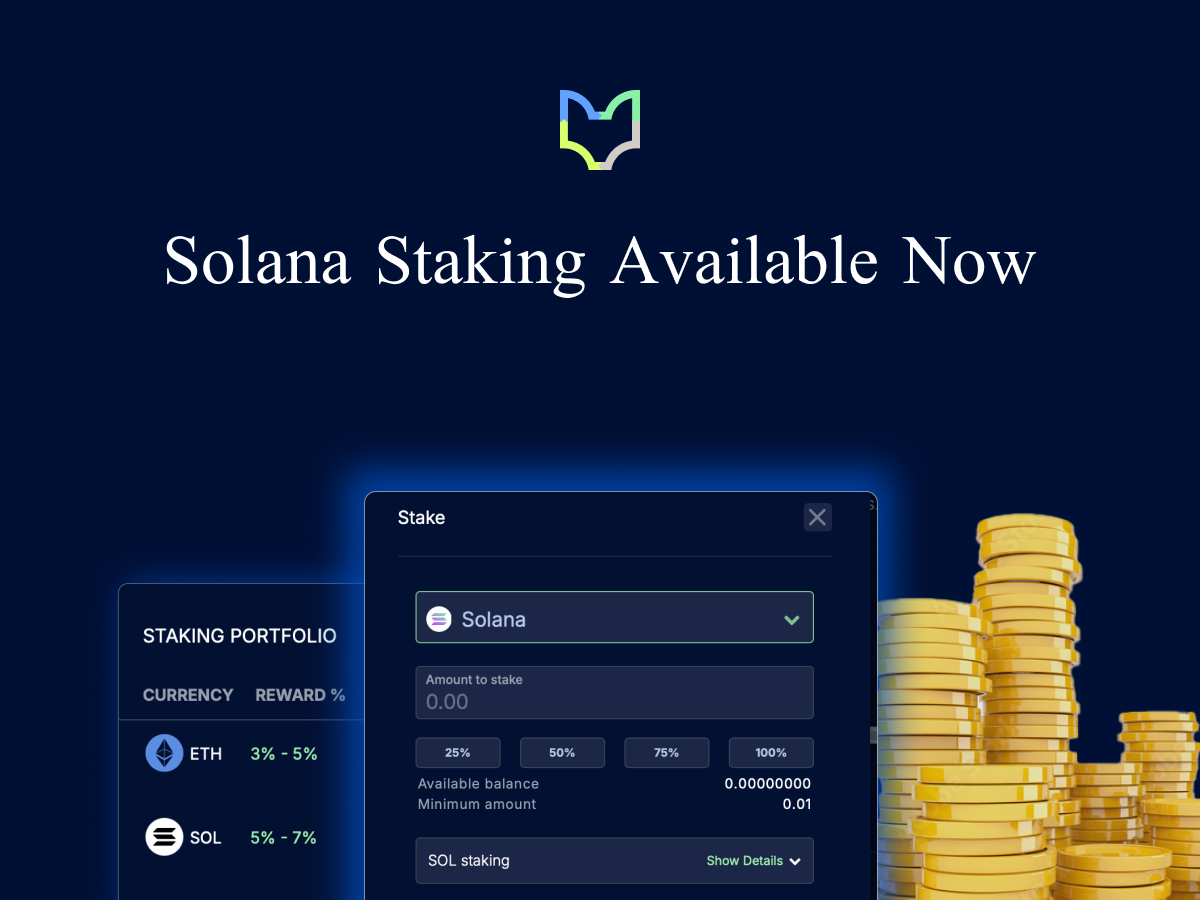On July 20th, 2016, the future of Ethereum changed, basic assumptions about blockchain technology were challenged, and a new cryptoasset was born.
This was the date on which the DAO hack — a theft of 3.6 million ETH from a smart contract vulnerability in an automated VC fund run on Ethereum — came to a head. The Ethereum community split over the question of whether they should update the blockchain with a hard fork to effectively erase the DAO-related transactions and restore the stolen ETH to the DAO’s investors. While most of the network supported this fork, a vocal minority contended that such a fork could spell an existential crisis for blockchain technology. When this minority refused to update their software in accordance with the hard fork, they created Ethereum Classic.
Read on to find out how Ethereum Classic ties into broader blockchain philosophy, how it’s developed in the two-and-a-half years since its inception, and where it’s headed in 2019. Then, head over to your SFOX account to get the best execution on your largest Ethereum Classic trades.
Immutability and Rewriting History
To understand Ethereum Classic, you need to understand the most infamous hack to have happened on Ethereum to date: the DAO hack.

When the decentralized autonomous organization (DAO) was announced at the end of April 2016, many hailed it as one of the first really groundbreaking implementations of blockchain technology: a venture capital fund with no centralized authority, where users could vote and fund projects while directly capturing a larger portion of the returns. As excitement grew, the DAO managed to raise 12.7 million ETH — worth around $150 million USD at the time.
Just a month and a half later, on June 17, 2016, a hacker stole 3.6 million ETH from the DAO: 28% of its capital vanished virtually overnight. The hacker pulled this off using a recursive calling vulnerability in the DAO’s smart contracts. Roughly speaking, the vulnerability allowed the hacker to ask the DAO to return ETH to him multiple times before the DAO was able to update its balance to reflect the transaction.
This vulnerability, like most of the vulnerabilities that the Ethereum network has faced so far, was an issue with the smart-contract layer built on top of Ethereum, not with the underlying Ethereum blockchain itself. This didn’t seem to make much of a difference in the eyes of the market, however: immediately following the DAO hack, the price of ETH was cut in half.

Ironically, this flaw in the smart contract layer of Ethereum led to one of the most impactful debates on the practical ethics of blockchain technology — despite the fact, again, that the vulnerability itself had nothing to do with the underlying Ethereum blockchain. The debate boiled down to just this: Should the Ethereum blockchain be rewritten in order to erase the DAO-related transactions and give the DAO’s investors their ETH back?
Why was this a dilemma in the first place? Well, on the one hand, with a hack of this magnitude, it seemed like it would be a good thing to recoup investors’ stolen funds, if possible. On the other hand, though, one of the central pillars of blockchain technology’s value (to some stakeholders, anyway) was its immutability: blockchains were public ledgers free of manipulation by any central authority, even if that authority were “well-meaning” — trying to undo the fallout from a hack, for example.
The Ethereum community tried to solve this problem by putting the issue up to a vote: holders of Ethereum voted on whether or not Ethereum should implement a hard fork to effectively “undo” the DAO transactions and give investors their ETH back. A strong majority of the 4.5% of ETH holders who chose to vote voted in favor of hitting the “undo” button:

However, only 85% of miners supported the fork: the remaining 15% remained on the own protocol, creating the blockchain now known as Ethereum Classic.

The proponents of Ethereum Classic held up immutability as a virtue that shouldn’t be dismissed, even after a multimillion-ETH (and multimillion-dollar) hack: they contended that the DAO fork established a dangerous precedent that authorized blockchain leaders to arbitrarily alter the blockchain whenever they saw fit. One gets a sense of the tone with which the ETC community views the Ethereum community from the language in phyro’s “The history of ETC” on ETC’s official blog:
- “Ethereum decided to hard fork and bail out DAO investors based on a very poor voting result with 12-hour notice for voting”
- “The DAO hard fork did not revert the transactions from the hacker. It deleted account balances from around 100 wallets and increased some other wallet balances, doing all that without private keys of the wallets which goes against everything blockchain fight for and breaks its most important rule You are your own bank”
Ethereum Classic thus formed as a “spinoff” of Ethereum explicitly dedicated to the principles of decentralization, personal responsibility, and immutable transactions. Though their chain is smaller in hash power and market cap than Ethereum, these values have kept their community tight-knit as they look ahead from the fork to the future of crypto.
Discipline, Hardships, and Growth: The State of Ethereum Classic Now and the Road Ahead
At the Ethereum Classic Summit in Seoul this past September, Cardano creator Charles Hoskinson likened Ethereum Classic to the early days of Bitcoin. That’s an apt lens through which to view ETC’s development over the last two-and-a-half years — and it’s a useful way to imagine where ETC could theoretically head in the future.

Like Bitcoin’s early days, the past couple of years of ETC have been characterized by a small, highly dedicated developer community (ETCDEV) focusing on gradual performance improvements to ETC: making the blockchain more secure, more stable, and more efficient. The roadmap pictures above underscores the team’s commitment to ETC’s structural integrity.
Unlike Bitcoin, however, ETC faced the challenge of coming of age when cryptocurrencies were more established, just ahead of the unprecedented bull market in 2017. It’s possible that this is part of the reason why ETCDEV had to close up shop earlier this very month, citing the bear market and internal capital constraints:
Since then, development of ETC has largely been under the auspices of ETC Labs, an incubator primarily focused on funding new ETC-related projects. ETC Labs believes that the next step to Ethereum Classic growing as an ecosystem is a focus on DApps, which has been largely missing thus far. If they manage to establish a robust DApp marketplace on top of the solid infrastructure that ETCDEV invested in during its tenure, ETC could end up being a more efficient and attractive ecosystem to consumers — Ethereum’s ecosystems of DApps and ICOs, after all, seemed to have a significant impact on its public profile in 2017.
A Three-Year-Old “Classic”
“Classic” may ultimately be a misnomer: remember that the crypto ecosystem is still in its infancy, and a cryptocurrency that’s been established for fewer than three years still has plenty of room to evolve and transform, both in terms of technology and valuation. As Ethereum Classic pivots from a Bitcoin-like focus on disciplined performance upgrades to an Ethereum-like focus on building a robust mosaic of DApps creating myriad kinds of value, it could be a very different animal by the end of next year.
Sign into SFOX now to start trading ETC!
The above references an opinion and is for informational purposes only. It is not intended as and does not constitute investment advice, and is not an offer to buy or sell or a solicitation of an offer to buy or sell any cryptocurrency, security, product, service or investment. Seek a duly licensed professional for investment advice. The information provided here or in any communication containing a link to this site is not intended for distribution to, or use by, any person or entity in any jurisdiction or country where such distribution or use would be contrary to law or regulation or which would subject SFOX, Inc. or its affiliates to any registration requirement within such jurisdiction or country. Neither the information, nor any opinion contained in this site constitutes a solicitation or offer by SFOX, Inc. or its affiliates to buy or sell any cryptocurrencies, securities, futures, options or other financial instruments or provide any investment advice or service.



